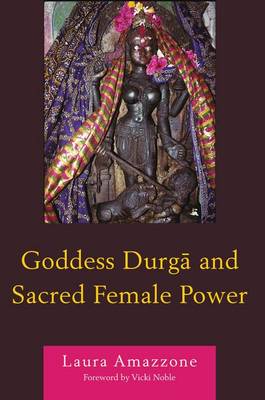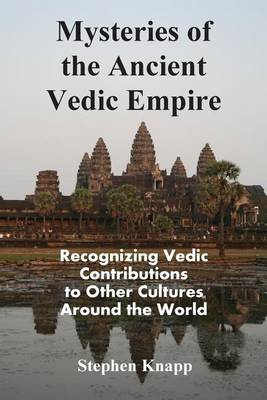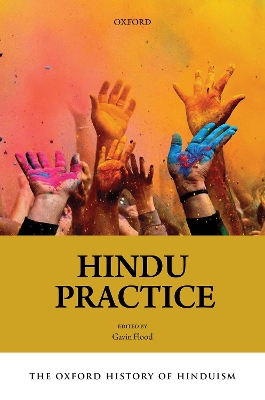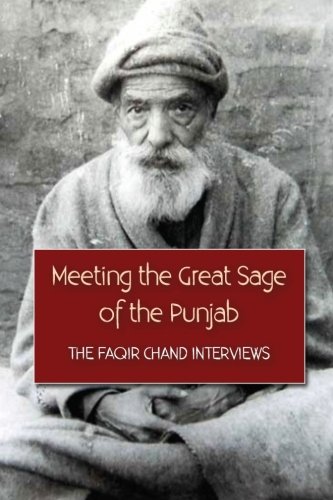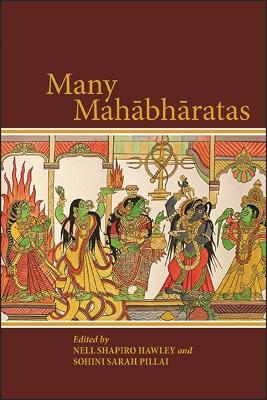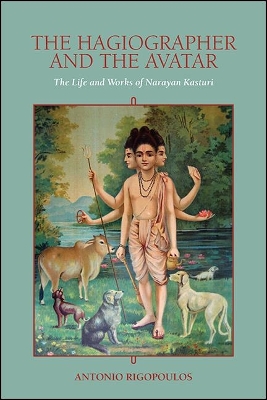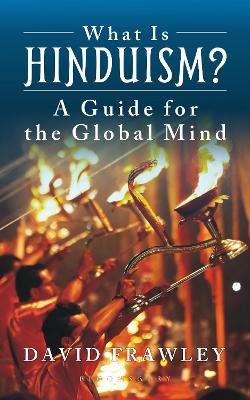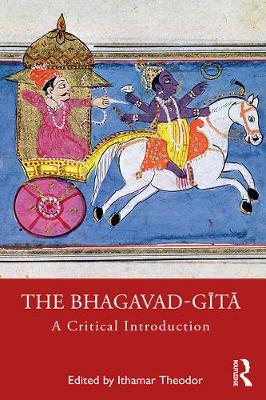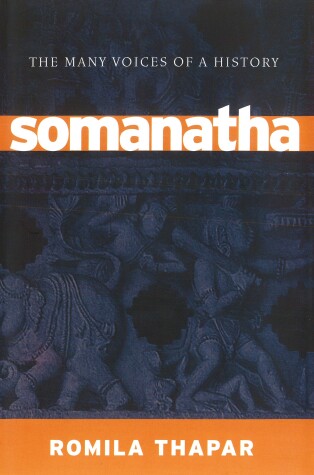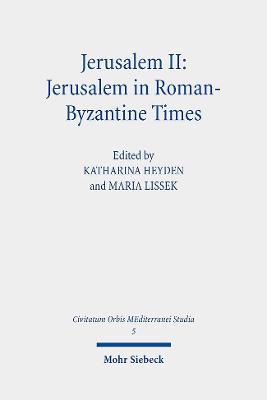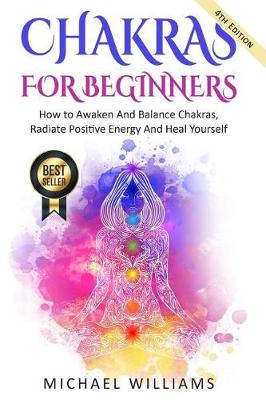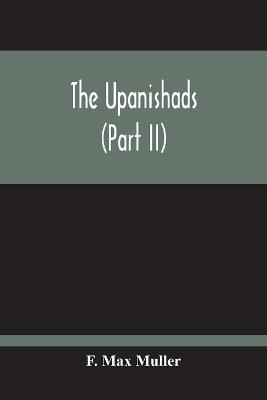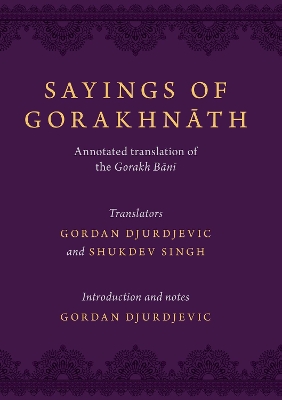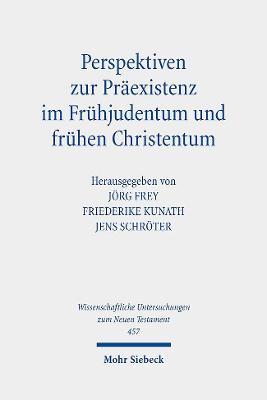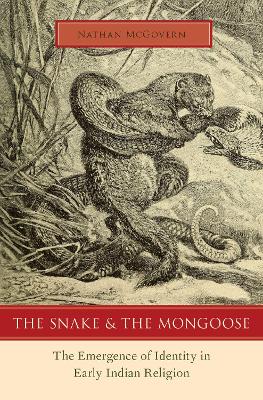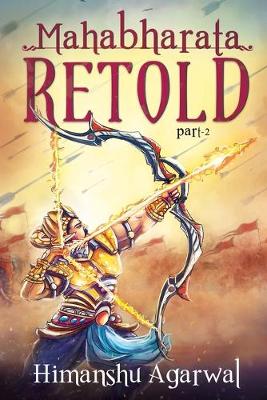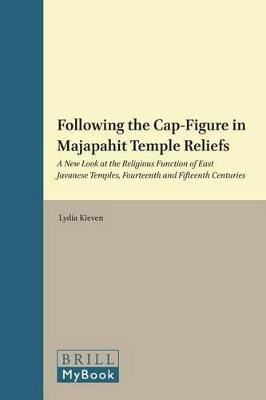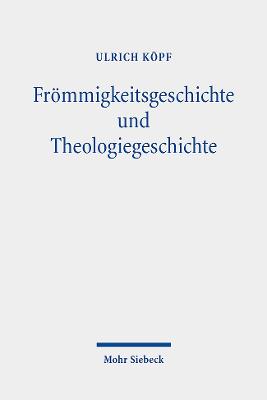Goddess Durga and Sacred Female Power is an exploration of the many faces of the Goddess Durga in ancient and contemporary culture. This book takes us on a pilgrimage to goddess temples and natural shrines, to visit shamans and living goddesses in the Kathmandu Valley of Nepal, and to India for the annual ten-day Durga Festival. The mythology, rituals, philosophy, and spiritual practices of this distinctly female-centered and millennia-old tradition of Durga offer an alternative model of female...
The rise of authoritarian Hindu mass movements and political formations in India since the early 1980s raises fundamental questions about the resurgence of chauvinistic ethnic, religious and nationalist movements in the late modern period. This book examines the history and ideologies of Hindu nationalism and Hindutva from the end of the last century to the present, and critically evaluates the social and political philosophies and writings of its main thinkers. Hindu nationalism is based on t...
The Oxford History of Hinduism: Hindu Practice (The Oxford History of Hinduism)
Traditions of asceticism, yoga, and devotion (bhakti), including dance and music, developed in Hinduism over long periods of time. Some of these practices, notably those denoted by the term yoga, are orientated towards salvation from the cycle of reincarnation and go back several thousand years. These practices, borne witness to in ancient texts called Upanisads, as well as in other traditions, notably early Buddhism and Jainism, are the subject of this volume in the Oxford History of Hinduism....
The Hagiographer and the Avatar (SUNY Series in Religious Studies)
by Antonio Rigopoulos
The Bhagavad-gita
This volume is a systematic and comprehensive introduction to one of the most read texts in South Asia, the Bhagavad-gita. The Bhagavad-gita is at its core a religious text, a philosophical treatise and a literary work, which has occupied an authoritative position within Hinduism for the past millennium. This book brings together themes central to the study of the Gita, as it is popularly known - such as the Bhagavad-gita's structure, the history of its exegesis, its acceptance by different t...
In 1026, Sultan Mahmud of Ghazni raided the Hindu temple of Somanatha (Somnath in textbooks of the colonial period). The story of the raid has reverberated in Indian history, but largely during the raj. It was first depicted as a trauma for the Hindu population not in India, but in the House of Commons. The triumphalist accounts of the event in Turko-Persian chronicles became the main source for most eighteenth-century historians. It suited everyone and helped the British to divide and rule a mu...
Jerusalem II: Jerusalem in Roman-Byzantine Times (Civitatum Orbis MEditerranei Studia)
The present volume gives insights into the shape, life and claims of Jerusalem in Roman-Byzantine Times (2nd to 7th century). Regarding the history of religions and its impact on urbanistic issues, the city of Jerusalem is of special and paradigmatic interest. The coexistence and sometimes rivalry of Jewish, Hellenistic, Roman, Christian and later Islamic cults had an impact on urban planning. The city's importance as a centre of international pilgrimage and educational tourism affected demograp...
Yahwistic Diversity and the Hebrew Bible (Forschungen zum Alten Testament 2. Reihe, #120)
The underlying perspective of the present volume contributes to the recent historical debate on Yahwistic diversity in the Persian and the Hellenistic periods. A broad variety of different Yahwistic (and not necessarily Jewish) groups existed inside and outside Judah during the sixth to first century BCE, for example in Egypt (Elephantine/Jeb and Alexandria), Babylonia (al-Yahudu), Samaria, and Idumea.The main objective of the volume lies in the literary-historical implications of this diversity...
The Antichrist Tradition in Antiquity (Wissenschaftliche Untersuchungen zum Neuen Testament 2. Reihe, #532)
by Mateusz Kusio
Mateusz Kusio traces and investigates the references to the Antichrist across ancient Jewish and Christian literature. Beginning with a reception-historical study of a number of eschatological and oracular texts in the Hebrew Bible, he goes on to discuss texts from the Dead Sea Scrolls, the New Testament, biblical pseudepigrapha and Apocrypha, and Patristic writings. The study reveals an anti-messianic tradition involving a variety of eschatological antagonists in conflict with diverse messianic...
The medieval vernacular (non-Sanskrit) traditions of yoga represent an aspect of Hinduism that to date has received much less scholarly attention than classical and contemporary Hinduism. Gordan Djurdjevic here brings together a representative selection of medieval Hindi poetry attributed to the legendary guru Gorakhnath. Gorakhnath is famed as the founder of the influential order of the Nath yogis, who are credited with the development of hatha yoga. The poetry gathered in the collection, known...
Die Rede von der Praexistenz Christi wurde lange als problematisches Mythologumenon wahrgenommen und in der Bibelwissenschaft eher vernachlassigt. Die Beitrage des vorliegenden Bandes wollen zu einer neuen Wahrnehmung der Vielfalt der sprachlichen Formen, der Bedeutungshorizonte und Intentionen der relevanten Texte anleiten. Dabei wird das Phanomen dezidiert uber den neutestamentlichen Kanon hinaus untersucht. Der Reigen der Texte reicht von fruhjudischen Texten uber die Weisheit und den Messias...
Myths of the Hindus and Buddhists
by Sister Nivedita and A. K. Coomaraswamy
Since the beginning of modern Indology in the 19th century, the relationship between the early Indian religions of Buddhism, Jainism, and Hinduism has been predicated on a perceived dichotomy between two meta-historical identities: "the Brahmans" (purveyors of the ancient Vedic texts and associated ritual system) and the newer "non-Brahmanical" sramana movements from which the Buddhists and Jains emerged. Textbook and scholarly accounts postulate an opposition between these two groups, citing th...
This title is available online in its entirety in Open Access. This publication provides a new understanding of the religious function of the East Javanese temples. The study of the cap-figures and their symbolism yields an outstanding contribution to the uniqueness of Majapahit culture.
In den 36 Beitragen dieses Bandes, darunter auch unveroeffentlichten, behandelt Ulrich Koepf zunachst Grundfragen einer als Geschichte des Christentums verstandenen Kirchengeschichte sowie einer umfassend konzipierten Theologiegeschichte. In zwei weiteren Abteilungen folgen Fallstudien zu Themen aus den beiden zentralen Gebieten seiner wissenschaftlichen Arbeit: der Froemmigkeitsgeschichte und der Theologiegeschichte. In ihnen zeigen sich auch die vielfaltigen Verflechtungen zwischen Froemmigkei...
